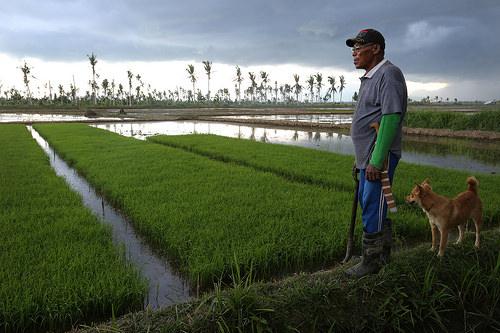01
Apr
This map was created using data on rural loans. The GIS analysis shows where the density of loan amounts is higher (as opposed to where there are more individual loans). It is meant to highlight where the larger loans are concentrated. Notice that there are areas with many individual loans and low amount density. The methodology used to draw the map is as follows: The banks provided portfolio data with x/y coordinates in WGS84 format, which where projected and added to a basemap. Using the “point density” geographic analysis under the spatial analyst in ArcGIS 10.3, we derived a density of


